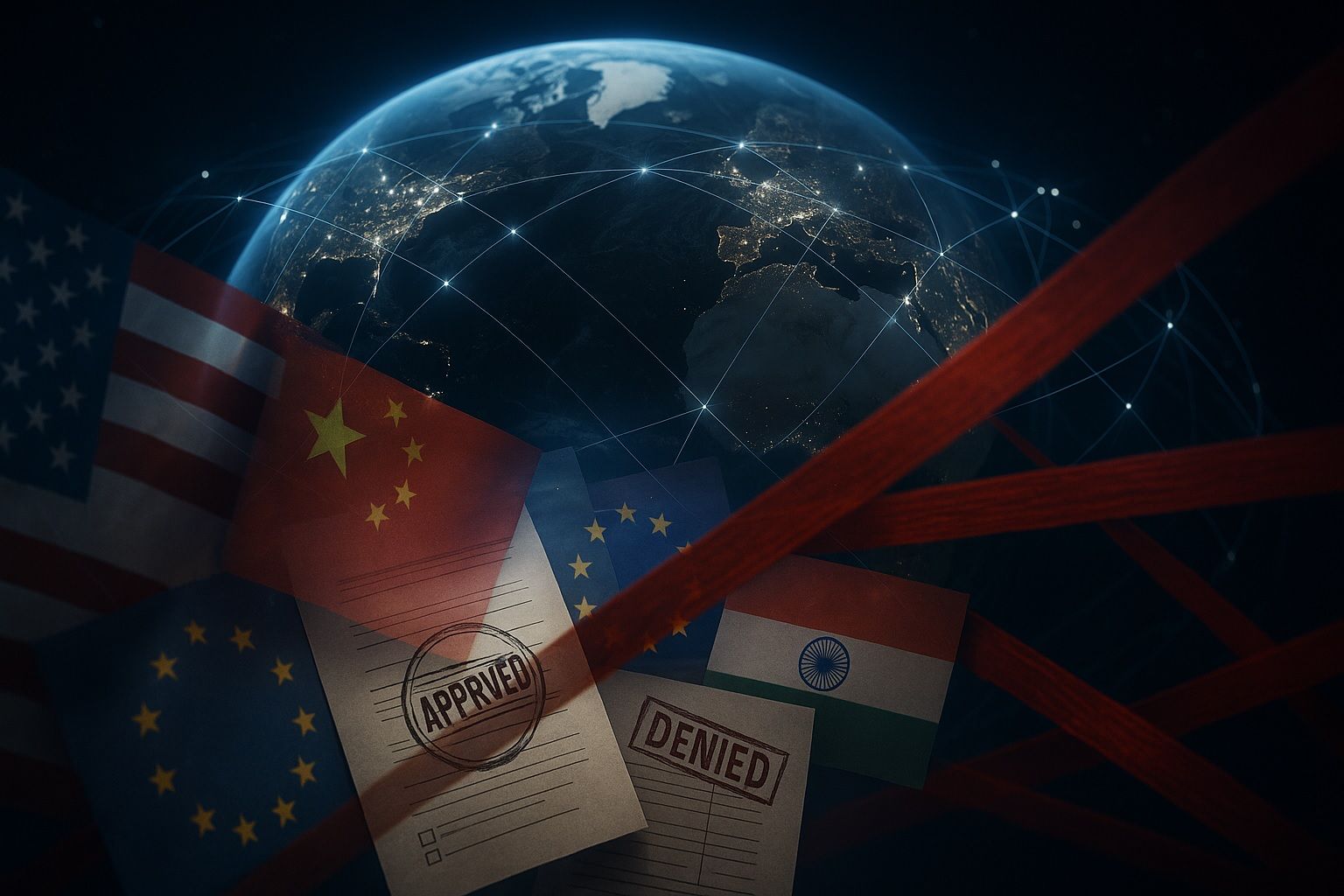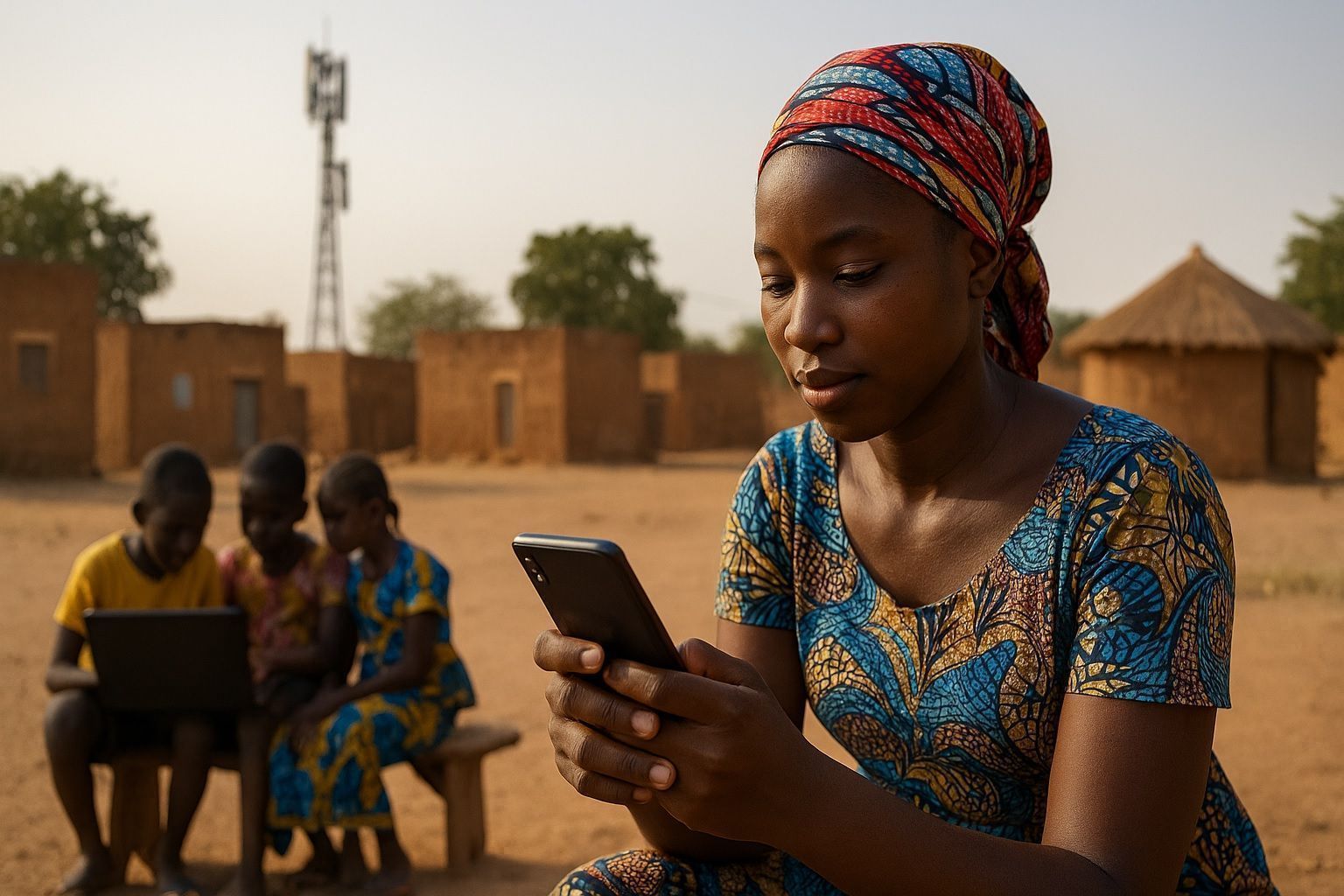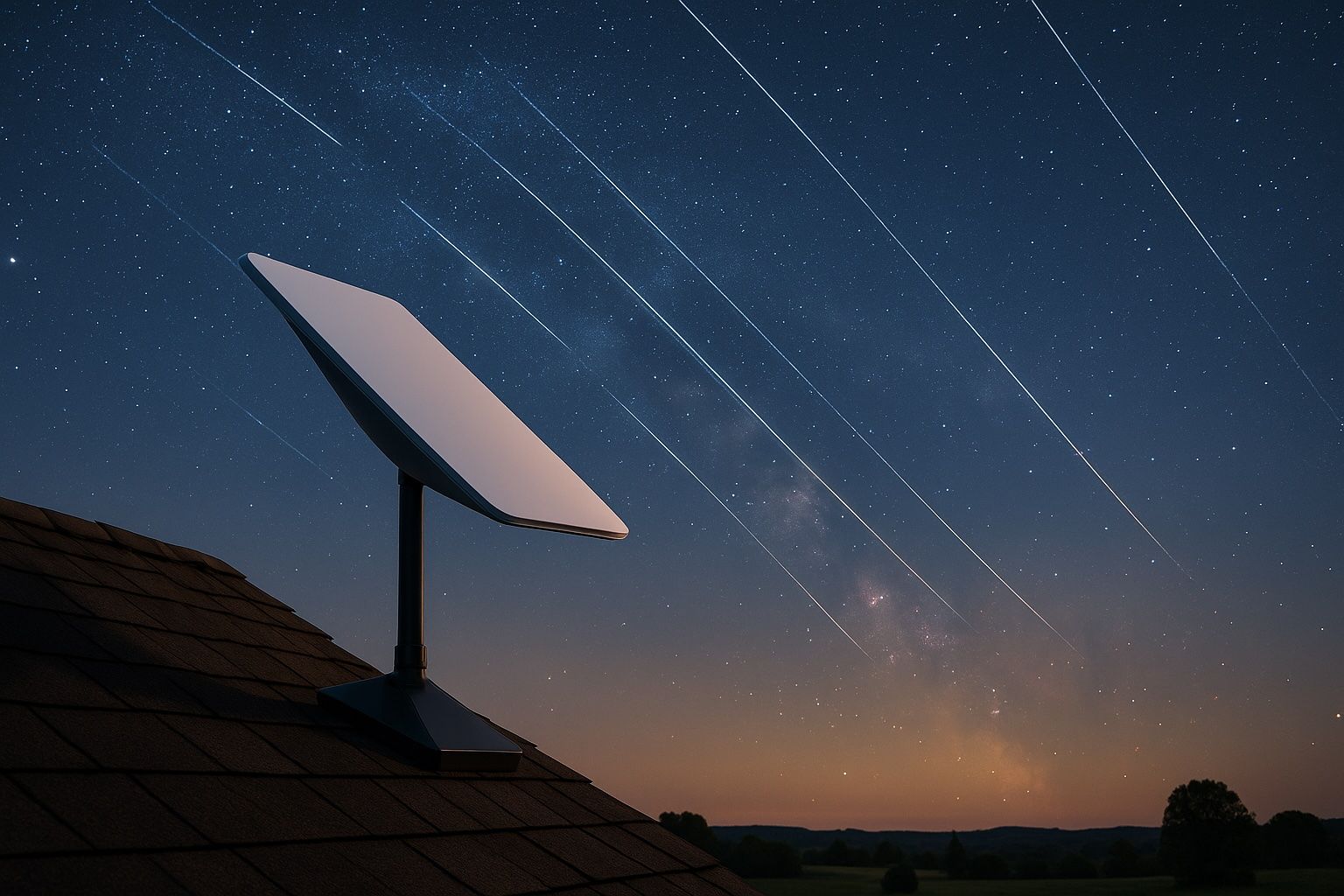
The Space Race for the Internet: Inside the Billion-Dollar Satellite Mega-Constellation Boom
As of mid-2025, Starlink operates about 7,500 active satellites, the largest fleet in history, accounting for more than 60% of all active satellites. Starlink’s next-generation satellites (v2) weigh about 800 kg each, vs 260 kg for v1, and use inter-satellite










